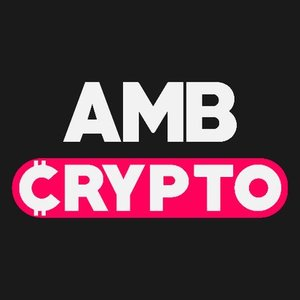Market Pulse
Solana, the high-performance blockchain, is embarking on a significant journey of architectural refinement, promising to enhance its already impressive capabilities. As the digital asset space increasingly demands speed, reliability, and decentralization, Solana’s core developers are meticulously laying the groundwork for its next major evolution. These impending changes are not mere tweaks; they represent fundamental shifts designed to fortify the network against future challenges, scale its transaction throughput, and ultimately cement its position as a leading platform for decentralized applications and digital finance.
The Imperative for Evolution: Addressing Growth and Stability
Despite its rapid rise and reputation for speed, Solana has faced scrutiny regarding network stability and occasional outages. These challenges, often attributed to the immense demands placed on its architecture during periods of intense activity, underscore the need for robust foundational improvements. As the ecosystem expands, attracting more users, developers, and institutional interest, a proactive approach to scalability and resilience becomes paramount. The upcoming architectural changes are a direct response to these pressures, aiming to build a more antifragile and predictable network.
Key Architectural Innovations on the Horizon
Several pivotal advancements are at the heart of Solana’s future architecture, each addressing specific areas of improvement:
- Firedancer Validator Client: Developed by Jump Crypto, Firedancer is an independent, highly optimized validator client designed to significantly boost Solana’s transaction processing capacity. By running alongside or in place of the existing client, Firedancer aims to increase throughput exponentially and provide a critical layer of client diversity, enhancing network resilience.
- State Compression and Localized Fee Markets: Innovations in state management, such as state compression, are being explored to reduce storage costs and streamline data handling, making the network more efficient. Localized fee markets are also on the roadmap, intending to mitigate network-wide congestion during peak demand by allowing specific high-traffic areas to operate with independent fee dynamics, preventing ripple effects across the entire chain.
- Improved Transaction Prioritization: Ongoing efforts focus on refining how transactions are prioritized and processed, ensuring that critical operations or high-value transactions receive appropriate attention without causing bottlenecks for the broader network. This involves smarter mempool management and fee mechanisms.
Implications for the Solana Ecosystem and Beyond
These architectural upgrades carry profound implications for everyone within the Solana ecosystem and for the broader blockchain landscape. For developers, a more stable, predictable, and scalable platform means greater confidence in building and deploying complex applications. Users can expect a smoother, more reliable experience, particularly during periods of high network usage. Furthermore, the introduction of client diversity through projects like Firedancer is a crucial step towards true decentralization and censorship resistance, reducing single points of failure. The success of these initiatives could set a new standard for high-performance blockchain design.
Conclusion
Solana’s commitment to continuous architectural improvement demonstrates a mature approach to blockchain development. By proactively addressing past challenges and anticipating future demands, the network aims to solidify its position as a cornerstone of the decentralized internet. The integration of advanced validator clients, sophisticated state management, and refined fee mechanisms are poised to usher in a new era of performance and reliability for Solana, benefiting its vibrant ecosystem and reinforcing its competitive edge in the highly dynamic crypto space.
Pros (Bullish Points)
- Significantly improved network scalability and transaction throughput with Firedancer.
- Enhanced network resilience and decentralization through client diversity and optimized state management.
Cons (Bearish Points)
- Complex implementation of new architecture could introduce unforeseen challenges or delays.
- Potential for temporary network instability during the transition or early deployment phases of new features.



